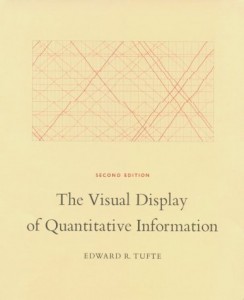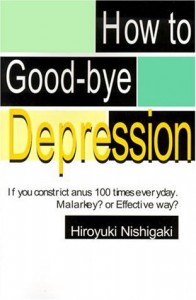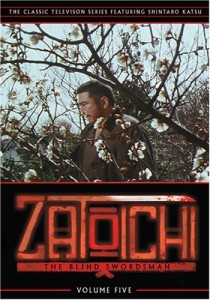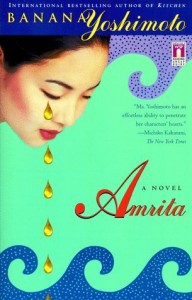So I’ve been listening to
Fast Man Raider Man quite a bit since it came out, but I’ve been pretty quiet about it, here, on the forums, on my own personal blogs. It isn’t that I don’t like the record–because I like it a lot–but so far it hasn’t crystalized into anything I can write. So I don’t know what else to do but talk about, maybe, a handful of the songs that I like best so far.
In The Time Of My Ruin starts off disc 2, and it’s almost as if someone had asked me to describe a Frank Black song and then wrote one based on my description. It has the ABBA rhyme scheme that–despite being a simple thing–he finds a way to make his own. In the verses he sings very rythmically, but in the chorus, he breaks away from the downbeats, and hesitates after “good” before suddenly lurching through the rest of the words in the line, and that, of course, is also something that I would have pointed out as characteristic. Then, of course, this is one of his many songs that are really two songs stitched together, and the second half of this song is arranged very much like a Catholics song, especially with the slide lead, which is beautiful. The singing in the second half sounds more like his early work to me than his Catholics period, but of course, it’s all Frank Black.
I’ve seen It’s Just Not Your Moment called the worst song on the record on the forums, but this was the first one that really grabbed me, and here, again, the slide guitar screams Catholics. The bass line is the big stretch on this song, because it sounds like something out of a Holland-Dozier-Holland track from the 60’s, and unlike any of his work that I can remember, but then, it was this bass track that first drew my attention to the song when I was driving around listening to the record those first few days. This will probably be the first song from FMRM that cracks my top tracks, and notice again, the long coda that is not quite a second song.
Fitzgerald was a sleeper for me. The first few times, I thought it was a quaint piano song, but one of the times I was listening to it, everything got real quiet when Frank Sang “Oh, Fitzy,” and that brought it to my attention. This is the one that doesn’t really sound like a Catholics song to me, although some of the guitar work in the end of the song is close.
And now I see I’ve picked all songs from disc 2, but I just call them like I see them.




